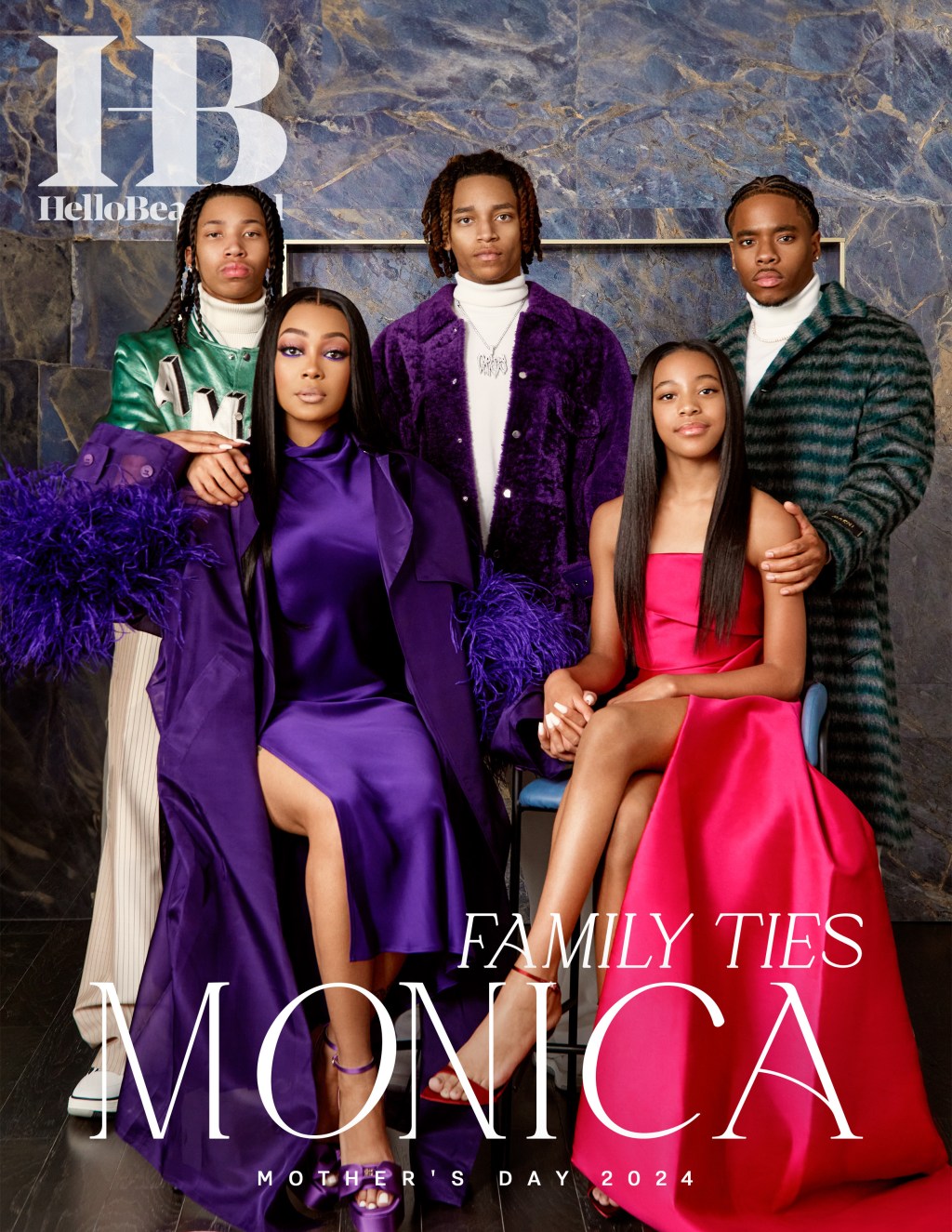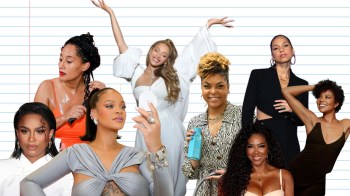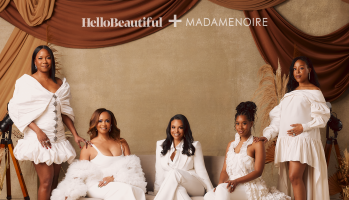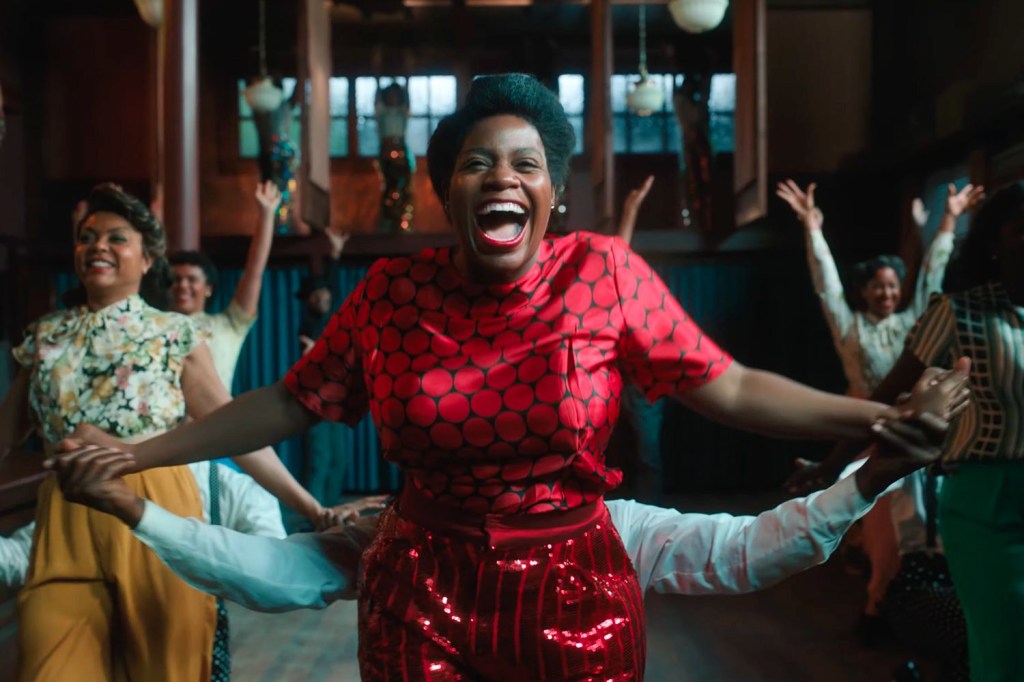
Source: Warner Brothers / Warner Brothers
The Color Purple is an influential and iconic film derived from the 1982 Pulitzer-winning novel written by Alice Walker. The story explores 40 vital years of Celie’s life as she evolves from a bashful, timid girl to a resilient, powerful woman who eventually finds her voice.
When the film was released in 1985, it highlighted the oppression of the early 1900s. Celie wasn’t enslaved, but she wasn’t a free woman either. She was a teenager when she birthed two children, bred by her father, that were taken from her. Soon after, she was married off to Albert “Mister” Johnson, an abusive man who mistreated her throughout their union. Mister was interested in her sister Nettie, but after a failed attempt at sexual assault, he vowed to keep the siblings apart.
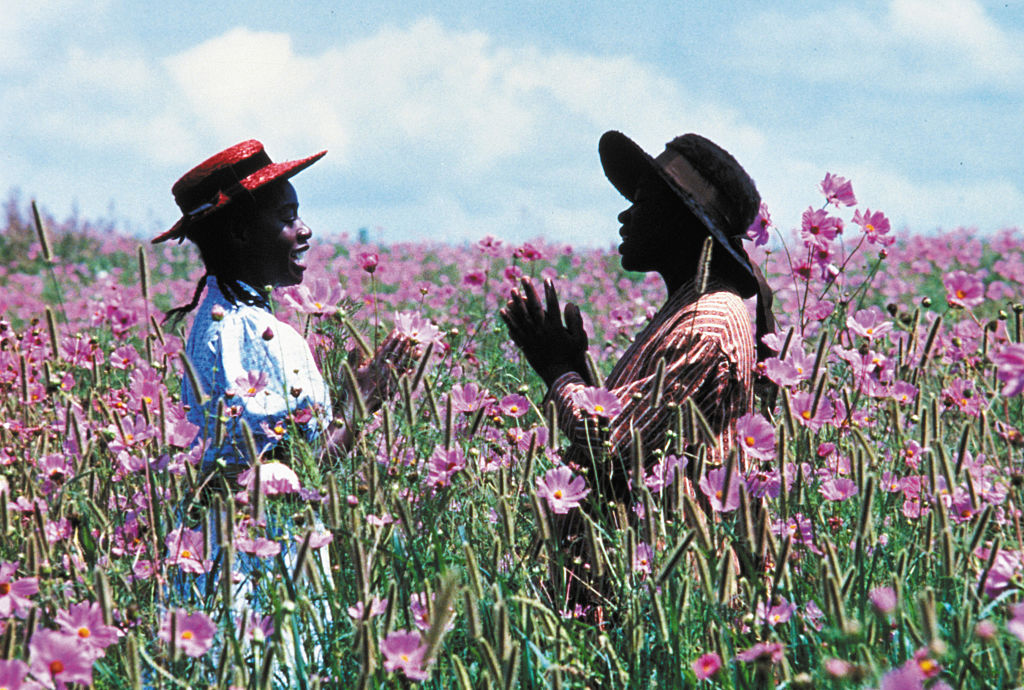
Source: Sunset Boulevard / Getty
Over the years, we watch Celie find a sense of identity. She leans into her feminine energy when Shug Avery, Mister’s mistress, comes to visit. It is through that relationship that Celie acknowledges her beauty. Since the day Mister ran Nettie off, Celie had no one around to affirm her. She lived in the narrative that she was Black and ugly, and her sole purpose was to live to see another day.
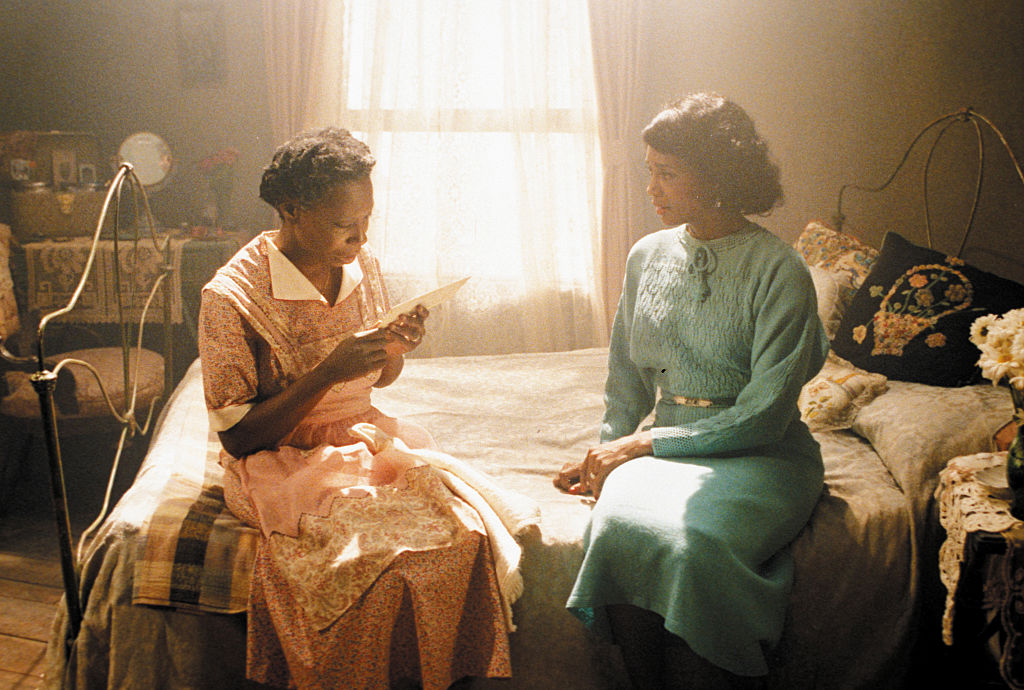
Source: Sunset Boulevard / Getty
Celie endured lots of hardships, but she finally reclaimed her voice one evening over family dinner. When Shug Avery popped into town with her new husband and announced she would be returning to her home with Celie, there was a collective sigh of relief. Mister spent his life despising the hands that took care of him, and he was about to lose her to the woman he loved. After Celie lunged across the table with a knife in hand, we knew she had finally had enough.
“Look at you. You’re Black, you’re poor, you’re ugly, you’re a woman. You’re nothing at all!” Mister yelled.
“I’m poor, Black, I may even be ugly. but dear God, I’m here. I’m here!” she responded.
The Color Purple shows the power of retelling a story from a new perspective
The Color Purple adaptation shows the growth and evolution of storytelling. The original film is rooted in oppression and tells the story of racism, sexism, sexual assault, incest, and domestic violence. While the remake details the same themes, it has since evolved into a work of art highlighting the power of joy, redemption, and forgiveness. It is important to note the 2023 adaptation is based on the 2005 musical which was also more digestible than the film.
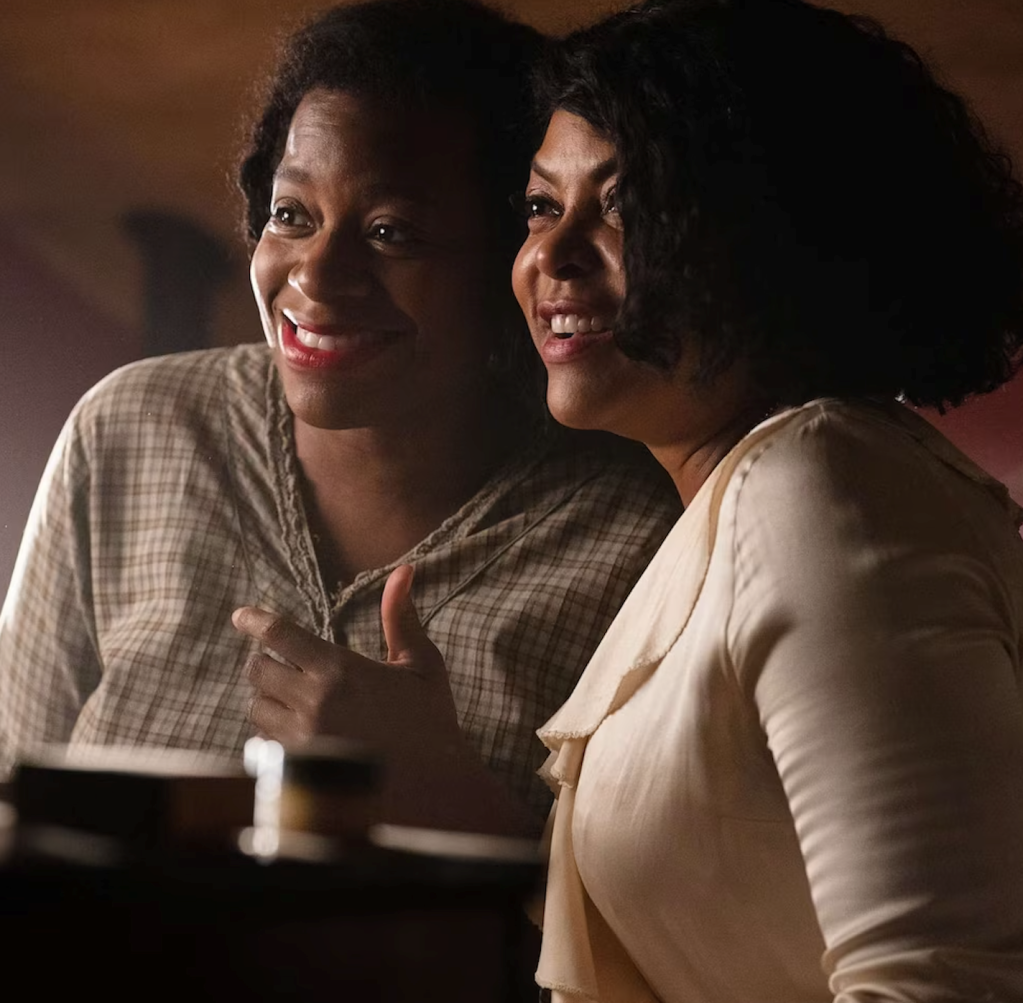
Source: Warner Brothers / Warner Brothers
The original film highlights pockets of joy with an emphasis on the wounds of Black women. The remake prioritizes joy, retelling the story from a healed perspective. As we watch Celie discover her voice and reclaim her power, we see her beauty and confidence illuminate. The evolution of Celie, as told by Fantasia Barrino, is a performance that should be witnessed by all. Her knack for transmuting trauma into a testimony of Black joy and resilience will undoubtedly earn her an Academy Award.
During CultureCon 2022, Taraji P. Henson discussed the difference between the original film and the remake. “I think you guys are going to be experiencing ‘The Color Purple’ for the first time from a Black perspective,” she told the crowd.
“No dig to one of our producers, Steven Spielberg, but he even understood the importance of a Black person telling this story,” she continued.
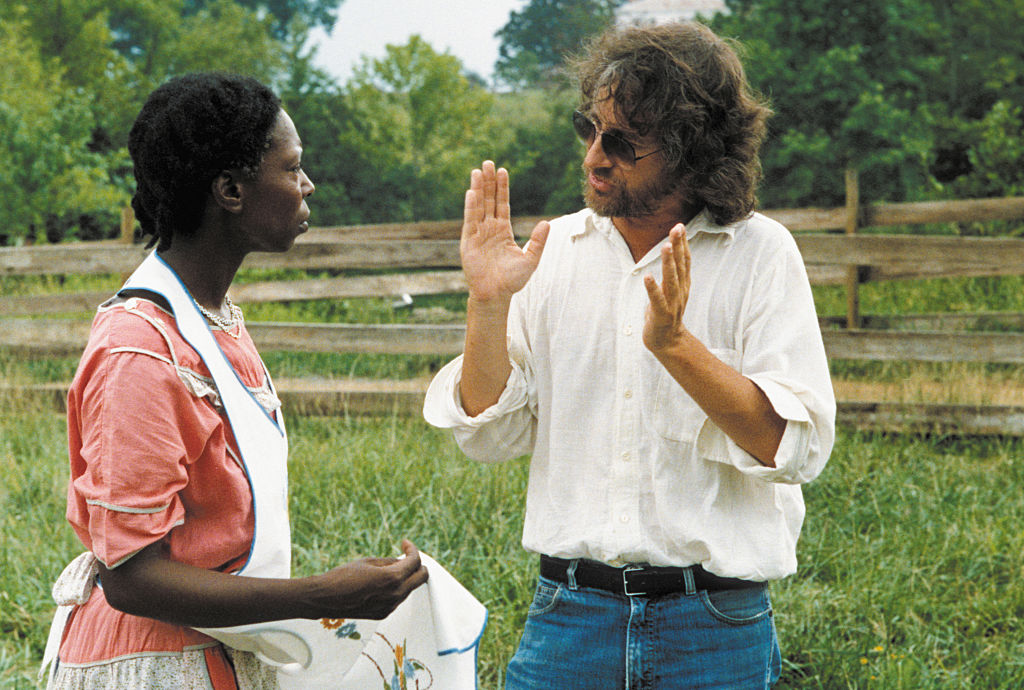
Source: Sunset Boulevard / Getty
Retelling our stories, no matter how painful, from our perspective allows us to tap into various wounds and explore different modes of healing. Reclaiming and retelling our stories in a way that mutually highlights the trauma and joy is vital to our narrative. In 1982, Walker’s story accurately depicted the early 1900s. In 2023, we get to retell the story from an evolved perspective because we’ve had time to reclaim our power and voice.
“Black people, y’all know we know how to find joy in a situation, right? We can turn our pain into joy. And that’s what makes us so incredible,” Henson continued.
“So that’s what I love about this particular film because this doesn’t harp on the trauma.”
If you loved the 1985 version of The Color Purple, you’ll deeply appreciate the adaptation. Prepare to run through all emotions, ultimately landing on joy, forgiveness, and healing.
DON’T MISS…
Inside The Carol’s Daughter Glam Suite For The ‘The Color Purple’ World Premiere
